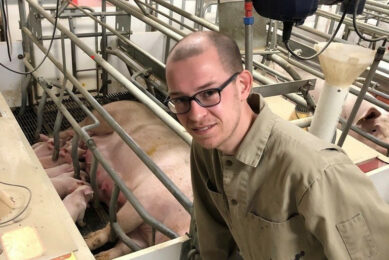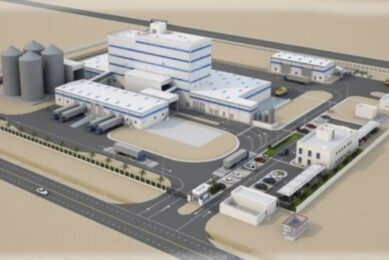Feed mill evaluations = results

While introducing Anderson Feed Technology to the American feed mill market, I have done a series of feed mill evaluations in the last 12 months. In most cases, the evaluation was requested because the managers sensed they were not getting full production or needed to increase production. To give you the background, I evaluated 6 feed mills in 2019 and I visited several more without making any specific recommendations. The common issues in the industry are:
Micro systems:
These are the number one reason for slow production in the mill:
- too small,
- too slow,
- too much labour.
- we have outgrown them
Not that long ago, a ration would take 3 to 4 pounds of lysine per ton. Now we are putting in 14 lbs plus 4 other amino acids. We are also now using 5 or 6 ABF micro-ingredients per batch. However, the micro system cannot dose that fast. Solutions are varied but a simple one is to add a micro system. Too easy? Split the current 20-bin system into 2 different scales so that they can work simultaneously. Cut the time in half while dosing the same amount of material. Another option is to use lysine in big bags or simply in bulk.
Ingredient dosing:
When the corn takes over 2 minutes to dose in an average batch and there are still three more ingredients for the major scale, it’s time to upgrade. Simply speeding up the auger works occasionally but, if you want to really fix the issue, pull from 2 corn bins at the same time. Or replace old equipment with a bigger auger or gate. But do something! This principle applies to all the other major ingredients.
Animal feed experts talk…. for more expert opinions on the animal feed industry
Software programming:
There are typically multiple points in your software system that someone has set incorrectly. Maybe it didn’t matter i.e., when the system was installed or the last person in the system simply didn’t know the correct setting. But this is slowing down your production. Assign someone knowledgeable to do the detective work on the system to find these bugs. You know where to look for them when you watch the system operate and the dry mix time was set at 3 minutes.
Load your semi in less than 7 minutes instead of 20. Do the math to see how many fewer trucks it takes to haul feed for the year. We see 7-year-old systems that were considered to be state-of-the-art being torn out and replaced. There are too many solutions to cover here because they vary with each mill. But please keep in mind that simpler is sometimes better. Gravity is a wonderful tool.
Pelleters:
When you look at your die replacement bill for the year and cringe, walk right out and see if that pelleter is actually full. Running that pelleter at 75% full creates metal-on-metal contact between the die and rollers. You will destroy a die every other month. In my previous work, we improved from 3 and sometimes 4 dies per machine per year to one die for 11 months. This really helps the budget and you actually get better quality pellets for longer periods.
Also read: 5 ways to make your feed mill more efficient
The mixer:
Incredibly, it is rarely the mixer that is the cause of slow production. It is almost always the systems feeding the mixer. The one point about mixers is that the common belief is that a CV less than 10 is OK. It was OK 30 years ago. I think it’s time to up our game substantially. When you replace a mixer, there are lots of questions to ask. The CV is the basic measurement of how well the machine performs. It’s 2020, not 1990. Shouldn’t we be asking for a CV under 5?
There are many more items to cover, but that’s enough for now. This was part information and part just my rant about things I keep seeing that drive me crazy. Thanks for reading this far. See you next time.











